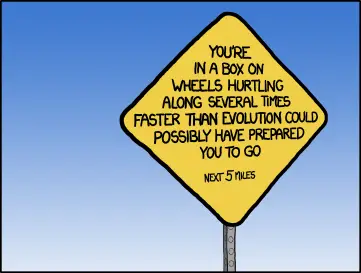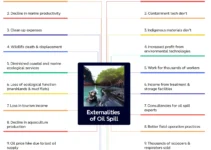Is the number coding scheme implemented in Metro Manila a good policy to reduce traffic congestion? Probably not. Read on to find out why.
The number coding scheme is up again in Metro Manila, this time adding another day ban on the last number of a vehicle’s plate for a specific range of time, i.e., from 10am to 3pm. Is this a good idea at all?
If the intention of the number coding scheme is to reduce the number of vehicles to avoid road congestion, I would say this is a stop-gap measure. In the long term, this would worsen urban pollution as unexpected results can come out of it.
Unexpected Results
I remembered encountering this number coding scheme idea in the textbook authored by English[1] while preparing my lectures for introductory environmental economics students. According to a study conducted in the country (I misplaced my book so I cannot exactly remember the country) that implemented the number coding scheme, the policy produced unexpected results. Instead of decongesting the roads, the opposite took place — more vehicles roamed the streets.
The researchers tried to find out why this happened. They discovered that those who can afford to buy another car did so, to avoid the limitation and the inconvenience of not being able to use their cars on days their plates are banned from the streets. Thus, the roads got all the more congested and air pollution in that city worsened. The added pollution is an externality.

Source: xkcd
Perverse Incentive
In economics, the unexpected result or the undesirable result of a policy is referred to as a perverse incentive. It is never the intention of the number coding scheme to add more vehicles on the road. It occurred because the planners did not foresee that the scheme would encourage vehicle owners to buy another vehicle. They would not give up their convenience, or probably their dire need to use their vehicles daily.
I am not not aware if the Metro Manila Development Authority conducted any study to find out if indeed the number coding scheme had a significant impact on regulating traffic in the major thoroughfares of Metro Manila. It would be interesting to know if the number coding scheme as an incentive was not, in reality, a perverse incentive in the case of the Philippines.
If no study was done to evaluate the impact of the former coding scheme, then obviously, the additional day ban on vehicle plate number is just another guessing game. As I browse feedback on the number coding scheme, I landed on a site that lists the coding scheme as another stupid law.
Perhaps graduate students in numerous universities in Metro Manila may be interested in pursuing this issue as their research topic.
Reference:
1. Field, B. 1997. Environmental economics: an introduction. 2nd edition. New York:
McGraw Hill. 490 pp.
© 2013 July 15 P. A. Regoniel



